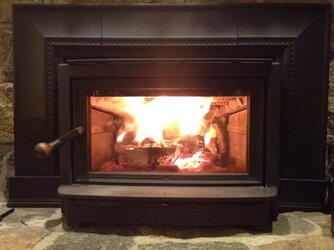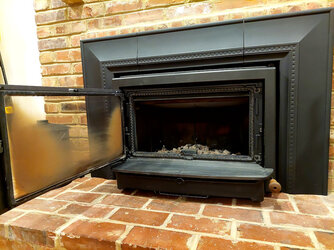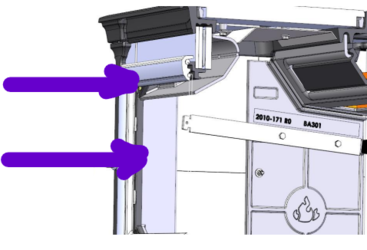Hello,
I just had a new Hearthstone Clydesdale installed a week ago and there’s a buildup on the inside of the ceramic glass. The instruction manual says it is self cleaning with high temperatures and it will burn off the buildup but no such luck yet. What should I use to clean it or should I just keep burning and give it more time?
After the break in process I’ve ran this unit for 6 days straight and had it nice and hot daily.
Thanks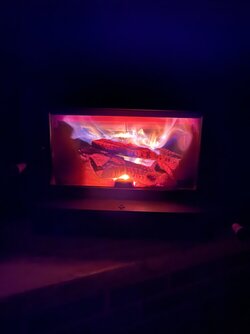
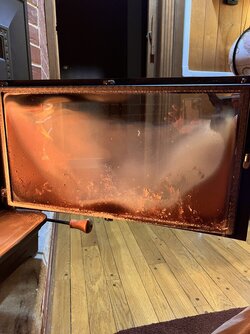
I just had a new Hearthstone Clydesdale installed a week ago and there’s a buildup on the inside of the ceramic glass. The instruction manual says it is self cleaning with high temperatures and it will burn off the buildup but no such luck yet. What should I use to clean it or should I just keep burning and give it more time?
After the break in process I’ve ran this unit for 6 days straight and had it nice and hot daily.
Thanks




